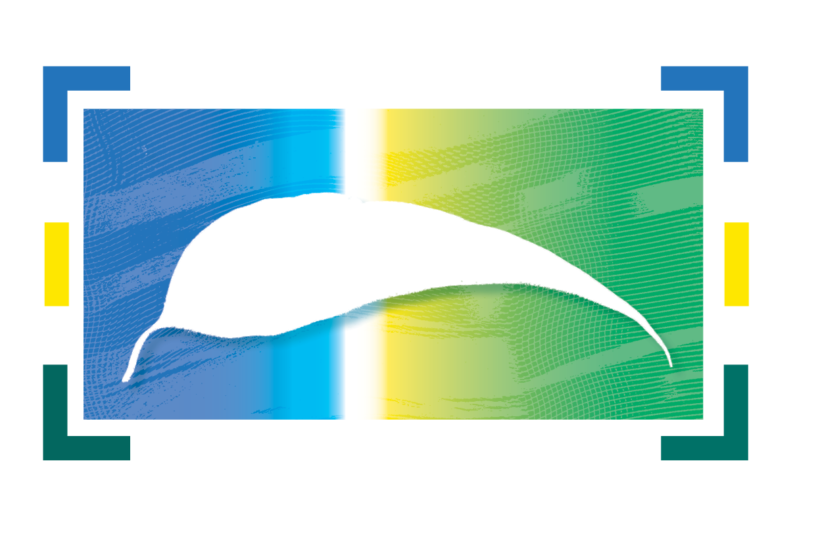- Home
-
Our Work
- People for Nature
- Giant Light Steps
- Environmental Education
- Conserving the Margaret River
- Coordinated Weed Control
- - Arum lily Blitz
- Managing Bushland for Wildlife
- Threatened Species Protection
- - Western Ringtail Possums
- - Black Cockatoos
- - Margaret River Hairy Marron
- - SW Masked Owls
- Caring for Coast
- About
- News & Events
- Resources
-
Get Involved
- Stay Informed
- Ways You Can Help
- Become A Nature Conservation Volunteer
- Become A Citizen Scientist
- Join A Community Or Friends Group
- For Nature Landowner Stewardship Program
- - For Nature: Find Inspiration
- - For Nature: Gain Knowledge
- - For Nature: Make Connections
- Learn About The Environment
- Report What You See
- Join & Donate
- Contact

Gardening Australia features Owl Friendly Margaret River Campaign
Gardening Australia SERIES 32 | Episode 17
Accompanying article courtesy of Gardening Australia
Rats and mice – the mere mention of them is enough to send gardeners into a tailspin. These night-time visitors to our gardens can make quick work of coddled crops and frustrate even the most fastidious of gardeners – eating fruit as it ripens, raiding chook runs, nesting in compost heaps and generally making a nuisance of themselves. While our first instinct to deal with these rodents may be to bung out some baits and wait, there are some native nocturnal nice guys that will, if given the chance, can take care of rats and mice for us.
Hidden in the tree hollows and bush remnants around our cities, towns and gardens are a variety of nocturnal birds, and Josh is meeting with some Margaret River residents passionate about protecting these predators from their preferred prey – poisoned mice and rats.
Dr Boyd Wykes, a retired ornithologist, zoologist and conservationist explains that Margaret River is a hotspot for nocturnal birds. “We have abundant small, familiar Boobook and extraordinary Tawny Frogmouth plus the lesser known, diminutive Owlet Nightjar. You may even encounter a ghostly Eastern Barn Owl in farmland.” But recently, Boyd was able to add another owl to this list – the enigmatic Masked Owl (Tyto novahollendiae), the largest night predator in the region.
After the discovery of the Masked Owl population, Boyd (along with Steve and other passionate locals) founded the Owl Friendly Margaret River group, with the Masked Owl as their logo. The volunteer groups mission is simple, according to Boyd – “we want to tackle an insidious problem – the poisoning of nocturnal birdlife and other fauna by rodenticides, specifically second-generation anti-coagulant rodenticides – and make the Margaret River region a safe haven for all our fantastic fauna, especially our owls”.
Rodenticides, (or ‘rat baits’ as they are known) are a fairly common way for gardeners, farmers, homeowners and businesses to manage problem populations of rats and mice, but, as Boyd explains, not all baits are created equally. “We separate rodenticides into two groups, First Generation and Second Generation, dependant on their active ingredients”. First Generation baits with active ingredients Warfarin and Coumatetralyl “work more slowly and break down more quickly, and our wildlife has a higher capacity to cope with ingesting these products”. On the other hand, Second Generation baits with active ingredients including Brodifacoum, Bromadiolone and Difenacoum are more potent, with a lethal dose delivered in a single feeding. But when ingested, rodents still take days to die and when eaten by wildlife may contain many doses – “it’s those second-generation baits that cause the real problems for non-target animals” says Boyd.
“Non-target native animals like bush rats, quenda and possums will eat rat baits, and ingesting this has the obvious impact of poisoning them” says Boyd. “But, with many of our native animals, including owls, it is the ‘secondary poisoning’ from these second-generation products that causes the issues. If an owl eats a poisoned rodent, the results can be deadly – if they aren’t killed by internal haemorrhaging, we find that they are more likely to hunt unsuccessfully, be killed on the roads or become incredibly ill”.
Phil Pain is the curator of the Eagles Heritage Raptor Wildlife Centre in Margaret River, a site that homes permanently disabled birds of prey and owls which are unable to be returned to the wild. Away from the public view, seven acres have been set aside for wildlife rehabilitation, including a hospital and specialised facilities designed to help orphaned, injured and sick raptors and owls return to the wild. “We receive owls and raptors with secondary poisoning all the time, handed in by volunteers and members of the public” says Phil. “Mice and rats are their preferred dinner, but eating one that has ingested a second-generation rodenticide often proves fatal”.
For Boyd, the secret lies in education. “A large part of our program is about getting local businesses onboard, and showing consumers, residents and visitors to the region that there are options to managing rats and mice that don’t need to involve baits”. Signage placed in local hardware stores directs consumers to appropriate products that minimise impact to native fauna, as well as suggesting other bait-free control strategies. “For gardeners, we recommend keeping gardens clean and tidy, securing compost heaps, collecting fallen fruit and using poultry feeders that prevent spillage. We also recommend the use of non-lethal traps”.
Filmed on Wadandi Country |Margaret River, WA
Broadcast: Fri 4 Jun 2021, 7:30pm
Published: Fri 4 Jun 2021, 7:45pm

